Interviews
The reason he came to the United States (Japanese)
(Japanese) I was looking to go overseas, like America or some place. One day, I read in the newspaper that Sukeroku daiko performed in Brazil and set up a branch in America afterwards. That news got me all excited. I thought, “Hey, there might be a chance to play taiko in America.“ At that time, there was a song Under the Blue California Sky that swept the country. I thought, “Boy, how cool is that to play the Japanese taiko under that California sky.“ So I came over here in 1973 and stayed ever since.
Date: April 1, 2005
Location: California, US
Interviewer: Ann Kaneko
Contributed by: Watase Media Arts Center, Japanese American National Museum.
Explore More Videos
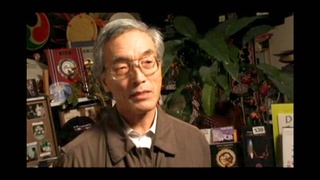
Rediscovery of Japanese culture through taiko (Japanese)
Shishimai (Lion dance) and Taiko player with San Francisco Taiko Dojo.
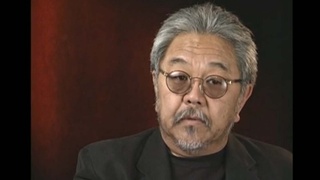
Grandfather's arrival in the U.S., experiencing discrimination
(b. 1939) Japanese American painter, printmaker & professor
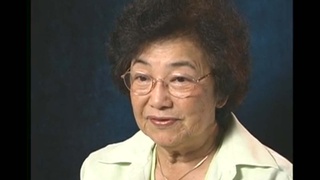
Mother's immigration to U.S. as a treaty merchant
(b. 1927) Japanese American Nisei. Family voluntarily returned to Japan during WWII.
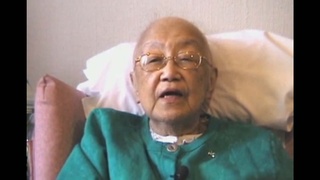
Why her parents came to Canada
(1918-2004) Interned in Slocan during World War II. Active member of the Japanese Canadian community.
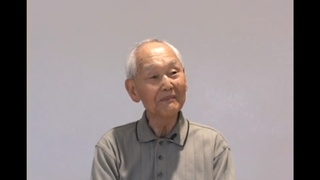
Family background of Fredrick Yoshihide Sasaki
(b. 1918) Issei businessman in Canada
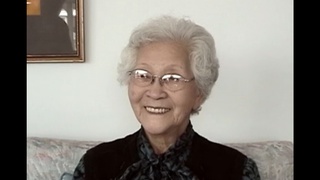
Arranged marriage
(b.1912) Japanese Canadian Issei. Immigrated with husband to Canada in 1931

Her early life in Canada
(b.1912) Japanese Canadian Issei. Immigrated with husband to Canada in 1931
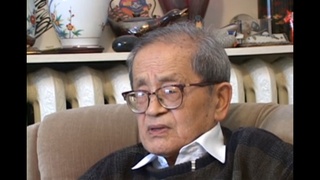
Chose to go back to Japan
(b.1924) Japanese Canadian Nisei. Interpreter for British Army in Japan after WWII. Active in Japanese Canadian community
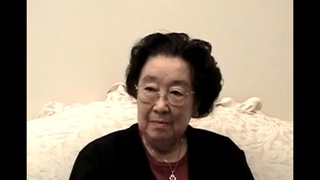
Choice to move east or go to Japan
(b.1920) Japanese Canadian Nisei. Established the Ikenobo Ikebana Society of Toronto
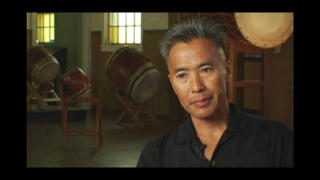
Differences between Kinnara and San Francisco Taiko Dojo
(b.1952) Master drummer, artistic director of the Taiko Center of the Pacific

Being free of the tradition
(b.1952) Master drummer, artistic director of the Taiko Center of the Pacific

Collaborating with non-taiko groups
(b.1952) Master drummer, artistic director of the Taiko Center of the Pacific
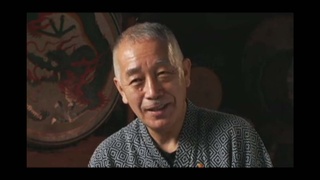
Coming to America
(b.1943) Shin-issei grand master of taiko; founded San Francisco Taiko Dojo in 1968.

Lack of taiko at Cherry Blossom Festival
(b.1943) Shin-issei grand master of taiko; founded San Francisco Taiko Dojo in 1968.

Reasons for starting taiko in America
(b.1943) Shin-issei grand master of taiko; founded San Francisco Taiko Dojo in 1968.
